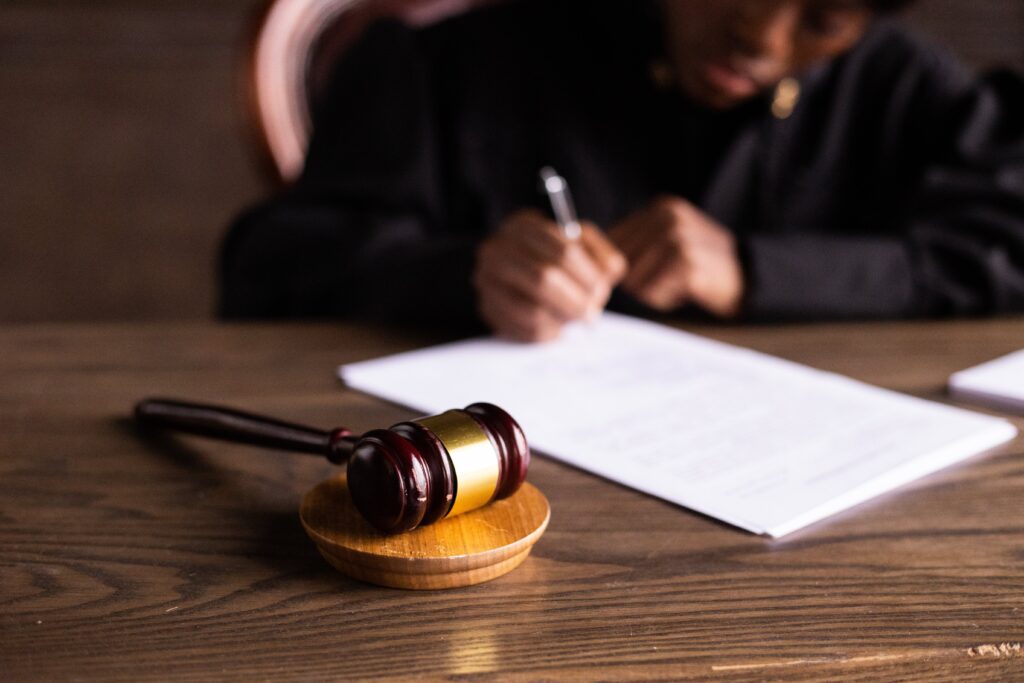

A caveat is a special type of injunction that it registered on a title for a property.
The law on this matter is handled by the Registration of Titles Act and refers to two kind caveats- one lodged to prevent the issuing of a new title for a piece of land that was not previously registered and another that is lodged against a title that already exists to prevent any changes or dealings with the title (like a mortgage or a transfer). This is the more common.
The relevant caveat form is available from the National Land Agency.
The form requires the applicant’s name, address (this address is the one the applicant can be reached through service and must be in Kingston) and occupation as well the dimensions of the land and the type of interest the applicant has in the land in question.
The application must also be accompanied by a statutory declaration by the applicant. This declaration must give details about the interest the applicant holds in the land and the origin and proof of same. There must also be proof of payment of the relevant fees associated with the application.
Once the caveat is successfully lodged, the Registrar will send notice of the caveat to the registered owner of the property to let them know that someone has registered a legitimate interest in the property that will prevent the owner from dealing with the land freely until the caveat is released.

A caveat can be removed from a title in several ways:
1. Withdrawn: this occurs when the caveator (person who lodged the caveat), his agent or attorney signs a withdrawal of caveat and authorises the Registrar to remove the caveat. The withdrawal need sot be lodged and the relevant fees paid.
2. Lapse: this occurs when a registered owner intends to register a dealing on the title like a mortgage or transfer, and is giving what is called a ‘Notice to the Caveator’. This gives the caveator 14 days to respond to prevent the dealing. Should the caveator not respond, then the caveat lapses and the dealing is registered on the title.
3. Court Order: there could be a case where the caveat is removed by way of a directive from the court. There can be an application for the court to inspect the circumstances of the caveat and if it found to be unreasonable, it can be made to be removed by a court ruling of the Supreme Court.
It is important to note that the caveat does not require the applicant have a copy of the title as the caveat is noted on the original that is stored at the National Land Agency.






Comments